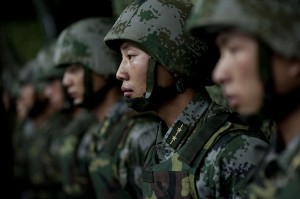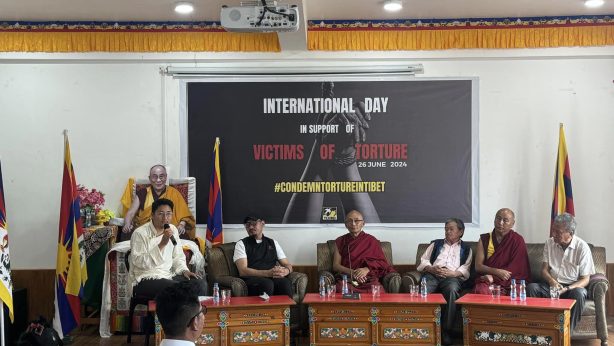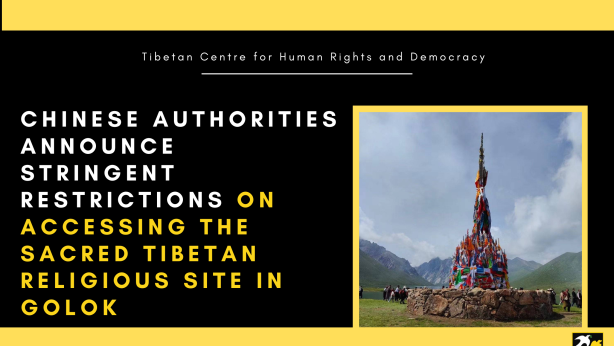Torture, Tibet and the PLA Brawl

On 24 August, 40 Chinese paramilitary trainees were hospitalized in what is being described as a brawl between the drill instructors and their high school aged trainees. Social media in the People’s Republic of China (PRC) was divided over whether to blame the incident on the drill instructors or the trainees. Regardless of who is blamed for the brawl it demonstrated that even trainees and other members of the security organizations are treated brutally by security organizations. A similar incident of abuse of trainees went viral in December 2013. In that case, a video showed eight People’s Armed Police officers beating five trainees.
By the standards of how Tibetans and other ethnic minorities are treated, these events are relatively minor. Less than two weeks before the brawl, Chinese paramilitary forces fired live ammunition into a crowd of Tibetans protesting the detention of a respected village leader. Five Tibetans died after being shot, detained, denied medical care, and tortured.
Less than a week after the brawl, the Tibetan Centre for Human Rights and Democracy (TCHRD) learned that Trulku Phurbu Tsering Rinpoche, who had been tortured immediately after his arrest in 2008, had become so emaciated in prison that he was almost unrecognizable. What makes the brawl and the video unique is that they are examples of the PRC’s security forces expanding their brutal tactics. As demonstrated by the treatment of Tibetans, these brutal tactics are only a short step away from becoming torture.
When an organization tortures people it fundamentally changes how the organization operates and how responsive it is to supervision. As Darius Rejali, one of the foremost experts on torture, noted in a 2008 interview with the Carnegie Council, “organizations that torture and have regulated torture typically become less responsive to centralized authority. They simply become less accountable.” This is particularly true with the security organizations in the PRC, who oppose reforms that would improve human rights and then refuse to implement the reforms when they are enacted.
A recent example of the security organizations undermining reform efforts is the abolition of Re-education Through Labour (RTL). RTL was abolished by the 3rd Plenum in December 2013. It was a form of extrajudicial detention that was reserved for people who committed crimes but did not merit a criminal punishment. People sentenced to RTL could face up to 4 years of detention and hard labor. Regulations from Tibet obtained by TCHRD that are designed to punish Tibetans for attending religious festivals, demonstrate that RTL continues to exist under the name of “legal education.” In the regulations people who do not warrant a serious punishment are sentenced to “legal education,” which is another form of extrajudicial detention.
That the security organizations are circumventing and refusing to implement reforms is not surprising given their record for torture. If the PRC is serious about improving its human rights record and instituting reforms that will benefit both the people in the PRC and the PRC as a whole, it must begin by prohibiting torture. The recent brawl must be understood in the larger context. It is more than the hospitalization of teenagers. It is a stark reminder that the security organizations in the PRC act with impunity and that until their abuses are brought under check, meaningful reform will be impossible.


